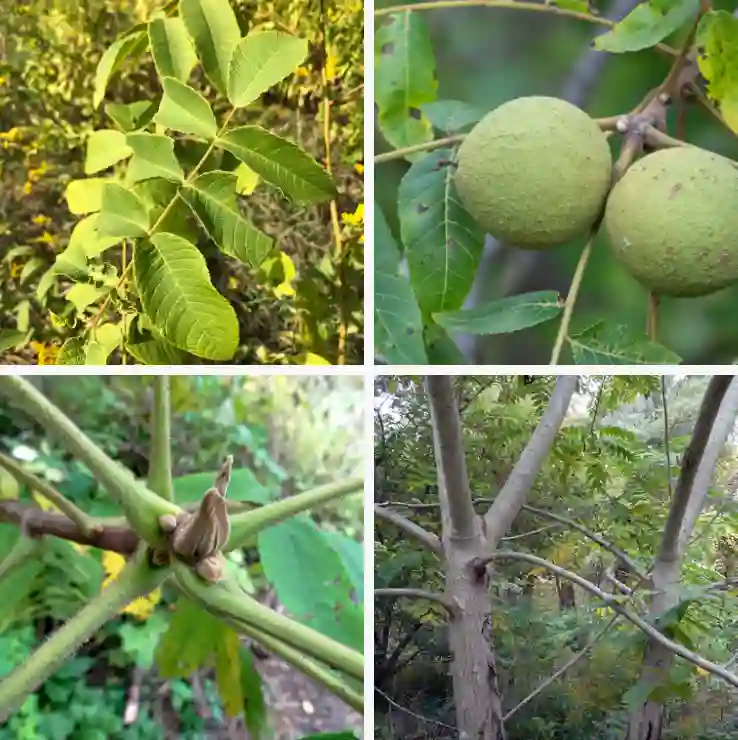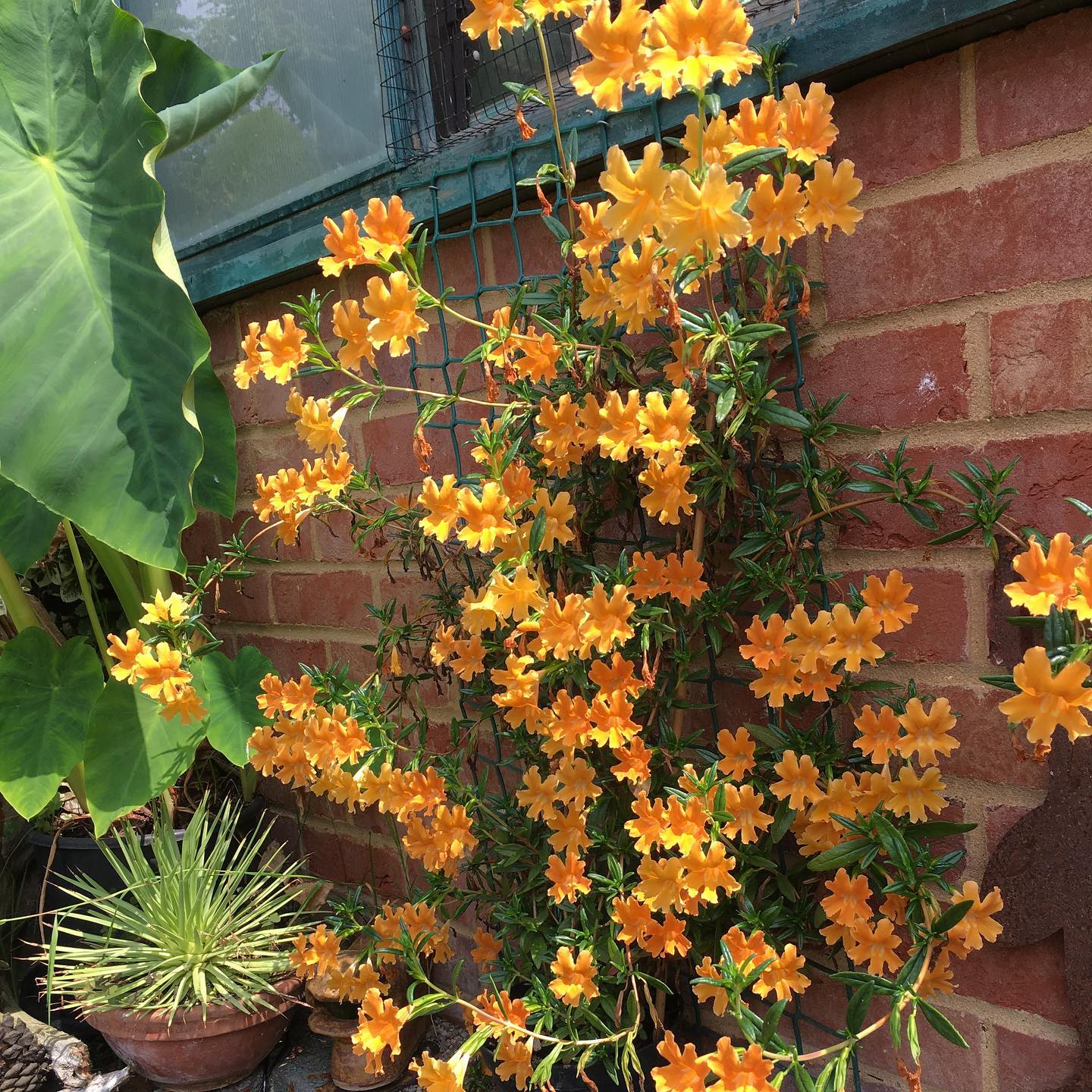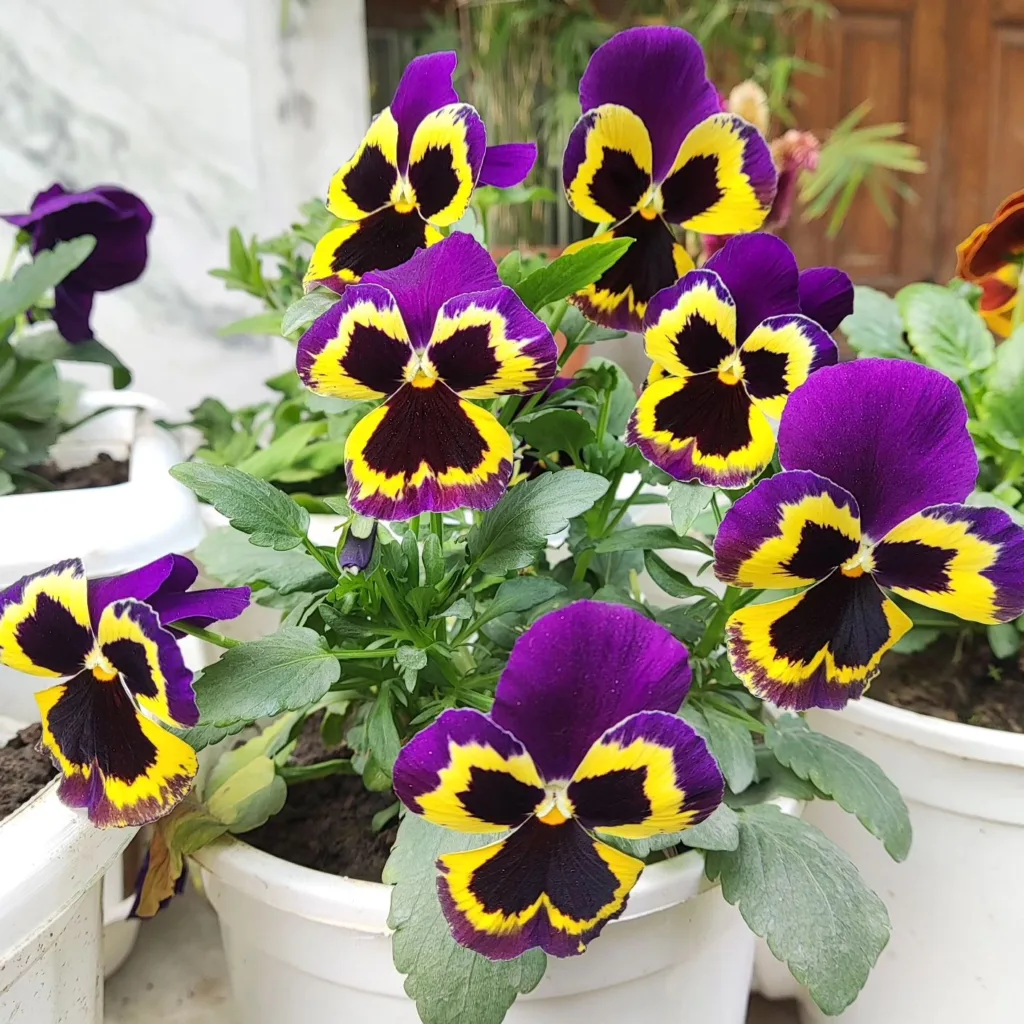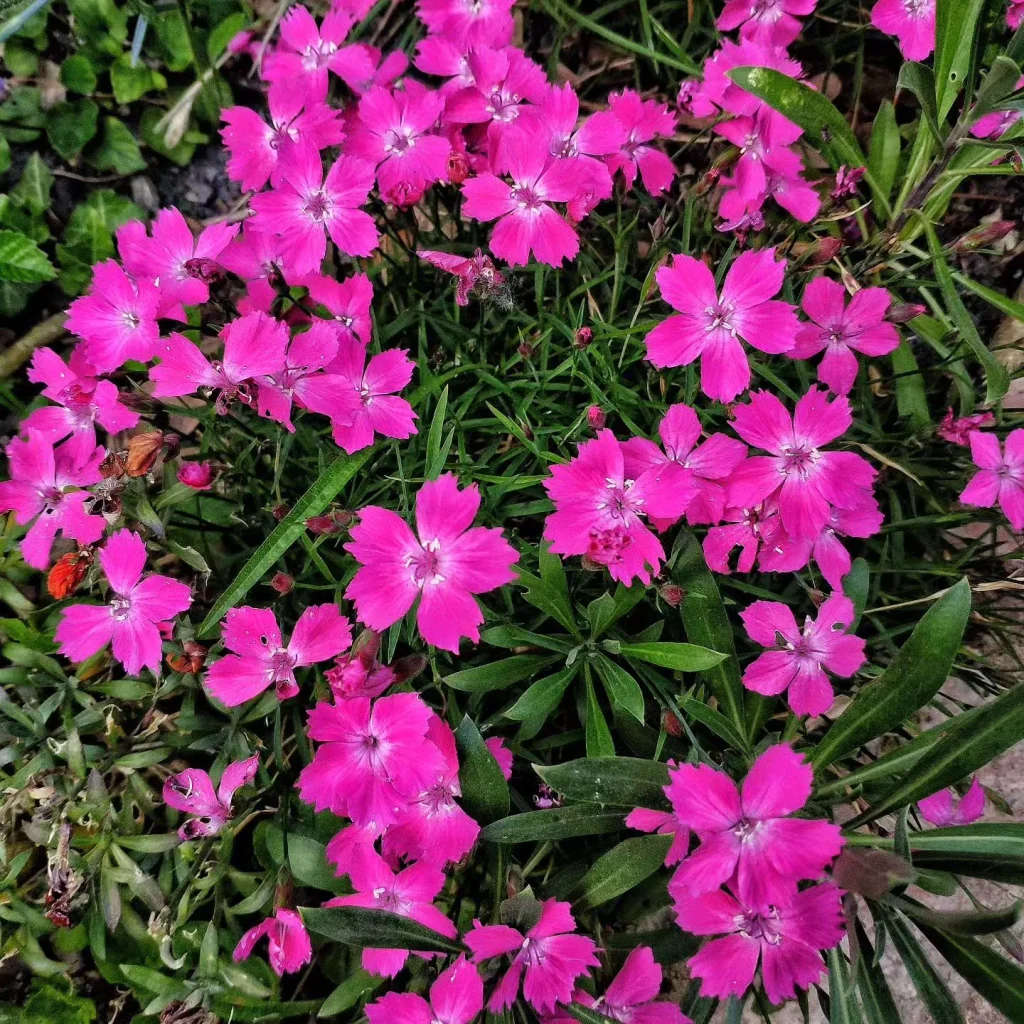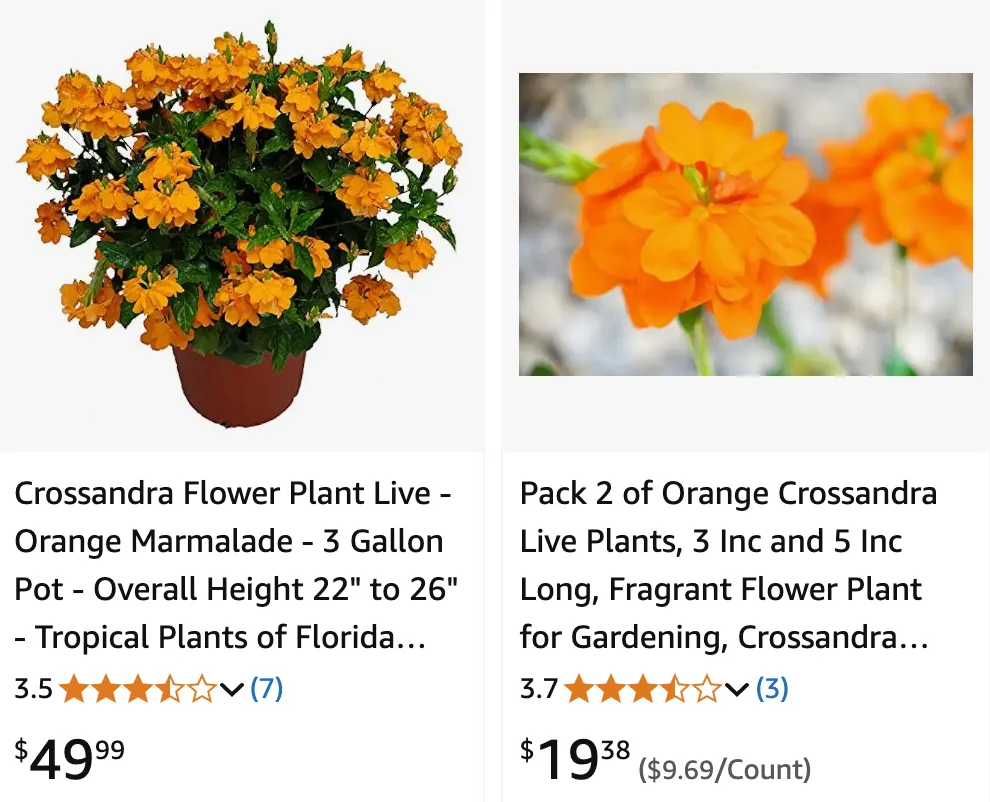
August 4 – Crossandra
"Crossandra, the firecracker flower, represents August 4."
Crossandra symbolizes enthusiasm and vitality. You exude energy and inspire others with your spirited personality. Like its vibrant blooms, you light up every room you enter.
Crossandra: A Floral Fascination
My name is Ferb Vu, and I’ve always been drawn to the vibrant hues and intricate forms of the natural world. Among the many botanical beauties that capture my attention, the genus Crossandra holds a special place in my heart. These flowering plants, belonging to the Acanthaceae family, are native to tropical regions of Africa, Madagascar, Arabia, and the Indian subcontinent. With their striking colors and unique floral structures, they bring a touch of the exotic to any garden or indoor space.
Diverse Species
The Crossandra genus boasts a remarkable diversity, encompassing over 50 recognized species. Each species presents its own distinct charm, showcasing a variety of colors, shapes, and sizes:
- Crossandra infundibuliformis: Perhaps the most popular species, commonly known as firecracker flower, it features vibrant orange or salmon-colored blossoms that resemble small flames. Plant FAQs: Crossandra Orange Marmalade – Crossandra Infundibuliformis
- Crossandra pungens: This species is characterized by its spiky leaves and delicate, pale lilac flowers.
- Crossandra nilotica: Native to East Africa, this species displays stunning blue to purple flowers, a rare color within the genus.
- Crossandra acutiloba Vollesen
- Crossandra albolineata Benoist
- Crossandra angolensis S.Moore
- Crossandra arenicola Vollesen
- Crossandra armandii Benoist
- Crossandra baccarinii Fiori
- Crossandra benoistii Vollesen
- Crossandra cephalostachya Mildbr.
- Crossandra cinnabarina Vollesen
- Crossandra cloiselii S.Moore
- Crossandra douillotii Benoist
- Crossandra flava Hook.
- Crossandra flavicaulis Vollesen
- Crossandra friesiorum Mildbr.
- Crossandra fruticulosa Lindau
- Crossandra grandidieri (Baill.) Benoist
- Crossandra greenstockii S.Moore
- Crossandra horrida Vollesen
- Crossandra humbertii Benoist
- Crossandra isaloensis Vollesen
- Crossandra johanninae Fiori
- Crossandra leikipiensis Schweinf.
- Crossandra leucodonta Vollesen
- Crossandra longehirsuta Vollesen
- Crossandra longipes S.Moore
- Crossandra longispica Benoist
- Crossandra massaica Mildbr.
- Crossandra mucronata Lindau
- Crossandra multidentata Vollesen
- Crossandra nobilis Benoist
- Crossandra obanensis Heine
- Crossandra pilosa (Benoist) Vollesen
- Crossandra pinguior S.Moore
- Crossandra poissonii Benoist
- Crossandra praecox Vollesen
- Crossandra primuloides Lindau
- Crossandra puberula Klotzsch
- Crossandra pyrophila Vollesen
- Crossandra quadridentata Benoist
- Crossandra raripila Benoist
- Crossandra rupestris Benoist
- Crossandra spinescens Dunkley
- Crossandra spinosa Beck
- Crossandra stenandrium (Nees) Lindau
- Crossandra stenostachya (Lindau) C.B.Clarke
- Crossandra strobilifera (Lam.) Benoist
- Crossandra subacaulis C.B.Clarke
- Crossandra sulphurea G.Taylor
- Crossandra tridentata Lindau
- Crossandra tsingyensis Vollesen
- Crossandra vestita Benoist
A Closer Look
The name Crossandra originates from the Greek words “krossos” meaning “fringe” and “andros” meaning “man,” referring to the fringed appearance of the male stamens in many species. The flowers themselves are typically arranged in a spike or raceme, with each individual bloom exhibiting a tubular shape that flares open into five lobes. This distinctive structure, often likened to a trumpet or funnel, adds to the visual allure of these plants.
Beyond their ornamental value, Crossandra species also play a role in traditional medicine and cultural practices in some regions. For instance, certain species are used in herbal remedies for various ailments, while others hold symbolic significance in local customs and ceremonies.
Cultivating Beauty
Many Crossandra species, particularly C. infundibuliformis, are cultivated as ornamental plants in gardens and homes around the world. Their vibrant flowers and relatively easy care requirements make them a popular choice for both novice and experienced gardeners. These plants thrive in warm, humid environments with well-drained soil and ample sunlight. With proper care, they can bloom profusely for several months, bringing a continuous display of color to their surroundings.
Whether adorning a tropical garden or brightening up a windowsill, Crossandra species bring a touch of exotic beauty to any setting. Their diverse forms and vibrant colors are a testament to the rich biodiversity of our planet, reminding us of the endless wonders that nature has to offer.
I am continually captivated by the allure of Crossandra plants. Their vibrant flowers and unique structures never cease to amaze me. As I continue to explore the botanical world, I am certain that this genus will remain a favorite, inspiring me with its beauty and resilience.
If i die, water my plants!
